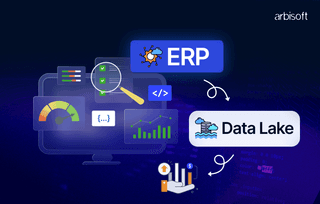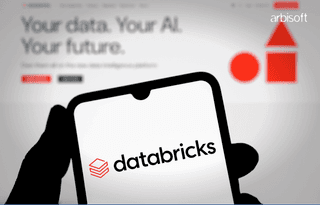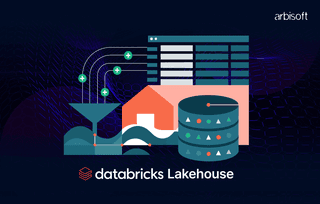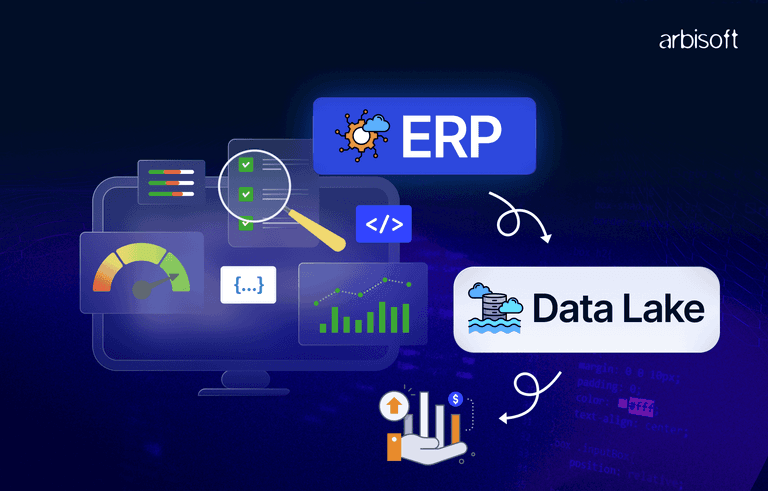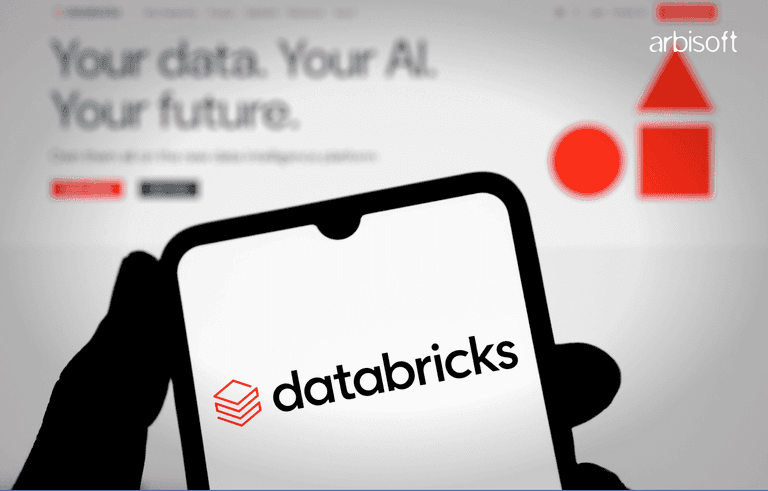We put excellence, value and quality above all - and it shows




A Technology Partnership That Goes Beyond Code

“Arbisoft has been my most trusted technology partner for now over 15 years. Arbisoft has very unique methods of recruiting and training, and the results demonstrate that. They have great teams, great positive attitudes and great communication.”
How to Get Started with Gamification in Your Library
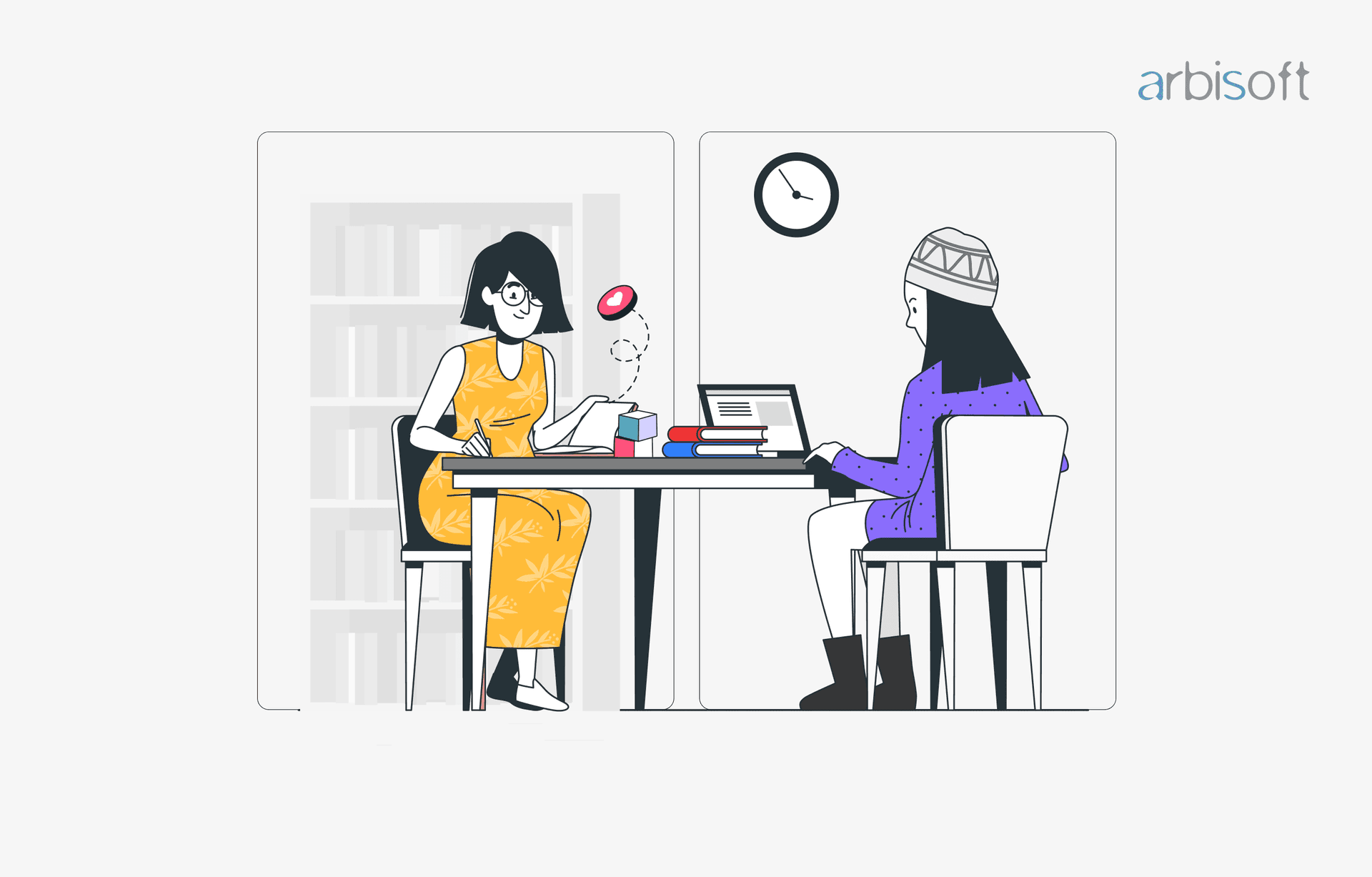
Libraries have always been places of learning and discovery. But with the rise of digital technology, engaging patrons can be a challenge. One innovative solution is gamification—using game design elements in non-game contexts. This approach can make library visits more interactive and fun, encouraging people to explore more. Here's how to get started with gamification in your library.
What is Gamification?
Gamification involves integrating game mechanics, such as points, badges, and leaderboards, into everyday activities. This technique motivates people by appealing to their competitive nature and desire for rewards. To learn more about gamification, read our previous blog on integrating gamification into remote and hybrid work environments.
Why Gamify Your Library?
In a library setting, gamification can turn routine activities like reading, borrowing books, and attending events into engaging experiences. Here’s how:
1. Increased Engagement: Gamification can boost patron participation. According to a 2022 survey, 67% of library users reported increased engagement when libraries used gamified elements.
For instance, implementing a points system for book borrowing and attendance at library events can motivate users to interact more frequently with library resources.
2. Enhanced Learning: Gamification can make learning more enjoyable. Studies show that gamified learning can improve knowledge retention by up to 50%. For example, libraries can incorporate educational games and quizzes related to book content, which can help patrons retain information better and foster a love for learning.
3. Community Building: By involving patrons in challenges and competitions, libraries can foster a stronger sense of community. Activities such as reading challenges, book clubs with leaderboards, and collaborative projects can encourage patrons to interact, share their experiences, and support each other in their learning journeys.
4. Promotion of Library Services: Gamification can help highlight unpopular library services and resources. By creating challenges or quests that require users to explore different sections of the library or use various services, patrons can become more aware of the full range of offerings available to them.
5. Data Collection and Analysis: Gamification can provide valuable data on patron behavior and preferences. This data can help libraries better understand their users, allowing them to tailor programs and services to meet the needs and interests of their community.
Transform your library experience with gamification using the right tools and platforms.
Ask yourself these essential questions to ensure you make the best choice.

Transform your library experience with gamification
Ask yourself these essential questions to make the best choice

How to Get Started with Gamification in Your Library
1. Define Your Goals:
Decide what you want to achieve with gamification. This could be increasing library visits, promoting specific collections, improving learning programs, or encouraging participation in events.
2. Know Your Audience:
Understand who your patrons are and what they like. Think about their needs, preferences, and challenges. This will help you create a gamification strategy that appeals to them.
3. Choose Game Elements:
Pick the game elements that will work best for your library. These can include points, badges, leaderboards, and challenges.
4. Select the Right Tools:
- Choose the tools and platforms that will support your gamification efforts, and consider leveraging custom software development services to build solutions tailored to your library's needs. Consider these options:
- Library Management Systems (LMS): Systems like Koha and Symphony often have built-in gamification features.
- Apps and Websites: Platforms like Beanstack and BadgeStack offer gamification features designed for libraries.
- DIY Solutions: You can also use tools like Excel or Google Sheets to track points and rewards if you have a limited budget.
5. Design Your Game Mechanics:
- Add game elements that will engage patrons:
- Points and Rewards: Give points for activities like borrowing books, attending events, or completing reading challenges. Use RFID technology to automatically track book checkouts and returns, awarding points accordingly.
- Badges and Certificates: Award badges for milestones, such as reading a certain number of books or completing events. Use platforms like Open Badges to create and issue digital badges. The Chicago Public Library’s Summer Learning Challenge, which uses digital badges, saw a 50% increase in summer reading participation.
- Leaderboards: Show top participants on a leaderboard to encourage friendly competition. Use APIs from your LMS to display real-time data on patron activity.
6. Promote Your Program:
- Spread the word using social media, library newsletters, and in-library signs. Consider hosting a launch event to get people excited.
- Promote your program through email campaigns and community events to reach and engage more patrons.
- Set aside time and money for marketing efforts, and make strategizing about how to get the word out part of the development work.
- Use tools like HubSpot or Mailchimp to manage promotional campaigns, ensuring consistent communication with patrons.
7. Monitor and Adjust:
- Regularly check how well your gamification efforts are working. Collect feedback from patrons and analyze participation data using predictive analytics solutions to identify trends and pinpoint areas for improvement. Make adjustments to keep the program engaging.
- Use surveys and feedback forms to collect data on patron satisfaction and engagement. Adjust game elements based on feedback to continuously improve.
- Use analytics tools provided by your LMS or gamification platform to track user engagement and performance metrics. Integrate Google Analytics for deeper insights into patron behavior and program effectiveness.
By following these steps and using the right tools, you can successfully gamify your library, making it a more engaging and enjoyable place for everyone.
Lastly,
Gamification can transform your library into a dynamic and engaging space. By defining clear goals, choosing the right tools, designing compelling game mechanics, promoting your program, and continuously monitoring its success, you can create a vibrant library experience that attracts and retains patrons. Start small, gather feedback, and watch as your library becomes a hub of excitement and learning.








